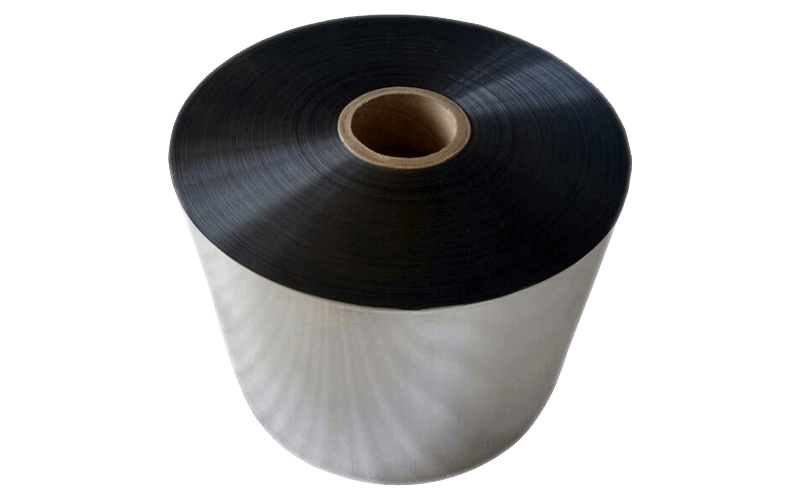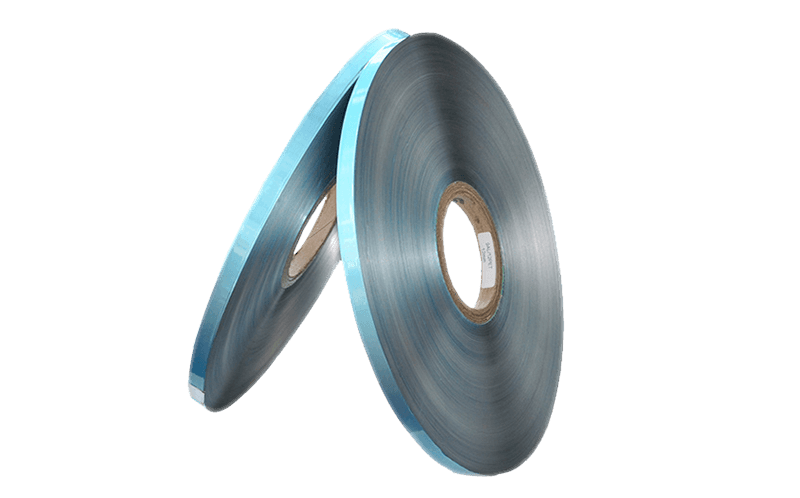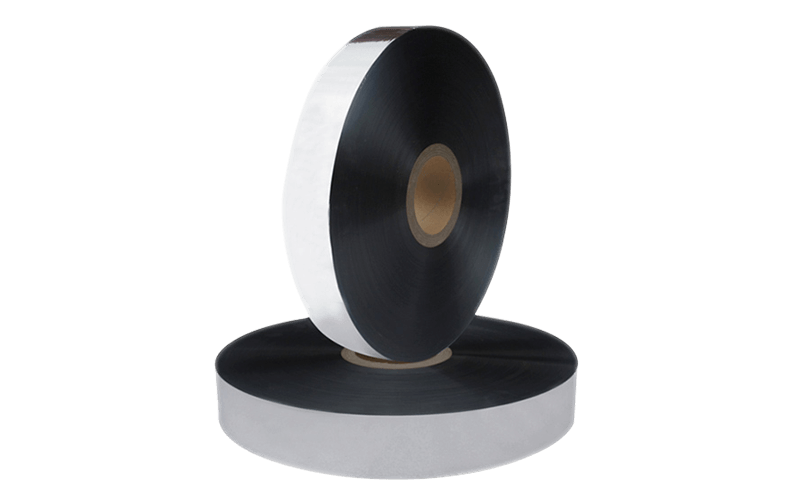Common films are generally classified according to mate […]
Common films are generally classified according to materials polyethylene (PE) film, Metalized film, polyimide (PI) film, polytetrafluoroethylene (PTFE) film, polycarbonate (PC) film. Polyethylene film refers to a film produced with PE particles. PE film has moisture resistance and low moisture permeability. According to different manufacturing methods and control methods, polyethylene film (PE) can be manufactured into low-density, medium-density, high-density polyethylene and cross-linked polyethylene products with different properties. Generally speaking, as the density increases, the mechanical properties and barrier properties will increase accordingly, and the heat resistance will be better.
Polyethylene of the same density has different properties due to different film forming processes. This is because the salivation method can cool quickly, with low crystallinity, high transparency, and low turbidity, but the molecular arrangement tends to be more irregular, so the barrier property is small, that is, the permeability is large, the elongation is low, and the tear resistance Poor rupture. Polyester film (PET) is a film material made of polyethylene terephthalate as a raw material, made into thick sheets by extrusion, and then biaxially stretched. Polyester film is a common film material, which is widely used in die-cutting production and processing. Polyester film exists in the fiberglass industry, building materials industry, printing industry, medical and health industry, etc. According to the production process, it is divided into: biaxially oriented polyester film (BOPET) and uniaxially oriented polyester film (CPET).
At present, bi-stretched polyester film is widely used in the market, and its performance and use are far superior to unidirectionally stretched polyester film. Biaxially oriented polyester film (BOPET) has the characteristics of high strength, good rigidity, transparency, and high gloss; it is odorless, tasteless, colorless, non-toxic, outstanding strength and toughness; it has excellent tensile strength and abrasion resistance , Folding resistance, pinhole resistance and tear resistance, etc.; has good antistatic and heat resistance, etc. Polyimide film is one of the organic polymer materials with excellent comprehensive performance. As a special engineering material, polyimide film has been widely used in aviation, aerospace, microelectronics, nanometer, liquid crystal, separation film, laser and other fields.
Polyimide film has the highest UL-94 flame retardant rating, good electrical insulation, mechanical properties, chemical stability, aging resistance, radiation resistance, low dielectric loss, and these properties are in a wide temperature range (-269-400℃), there will be no significant changes, and it has become one of the important application materials in the two major fields of electronics and motors. Polytetrafluoroethylene film, also known as Teflon film, is made of suspended polytetrafluoroethylene resin by molding, sintering, and cooling into a blank, then turning and rolling. Polytetrafluoroethylene color film is made of suspended polytetrafluoroethylene resin added with a certain amount of coloring agent, then molded and sintered into blanks, then turned and calendered into red, green, blue, yellow, purple, brown, black, and orange PTFE directional or non-directional color film in thirteen colors such as, white, etc. Although a certain amount of colorant is added to the PTFE color film, it still has good electrical insulation and is suitable for the insulation and classification of wires, cables, and electrical devices.



